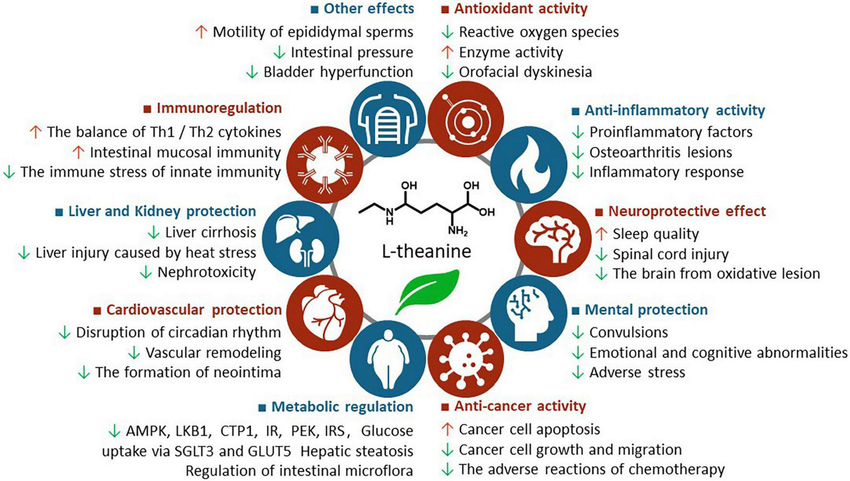
Professor researching why we age & how to reverse it. Author & host of Lifespan. Mission: Extend healthy life for all. Views are entirely his own 🙏✌️
100 subscribers
How to get URL link on X (Twitter) App


https://twitter.com/ruth_hook_/status/1973947996393124128This study in 2008 was the first evidence for the information theory of aging in mammals - the idea that DNA breaks and other major stresses cause chromatin modifiers like SIRT1 to relocate, which disrupts the epigenome & changes the expression of genes in ways that cause aging


 In 2008, we showed movement of the NAD-dependent enzyme SIRT1 away from regulated genes to DNA breaks (which happen every day in every cell) is a key process in the loss of epigenetic information that we have proposed leads to aging and diseases
In 2008, we showed movement of the NAD-dependent enzyme SIRT1 away from regulated genes to DNA breaks (which happen every day in every cell) is a key process in the loss of epigenetic information that we have proposed leads to aging and diseases 

 Background: DNA methylation (DNAme) is a chemical modification of DNA on the "Cs" in DNA, which changes over time, the rate of which depends on how healthy you live over the course of your life... ⏰
Background: DNA methylation (DNAme) is a chemical modification of DNA on the "Cs" in DNA, which changes over time, the rate of which depends on how healthy you live over the course of your life... ⏰ 

 Various mitochondrial stressors, such as pathogen infection and metabolic deficiencies, trigger the release of mtDNA into the cytosol and an inflammatory response, but why?
Various mitochondrial stressors, such as pathogen infection and metabolic deficiencies, trigger the release of mtDNA into the cytosol and an inflammatory response, but why? 

 L-theanine is known to reduce inflammation, stress and anxiety, among other effects. It is primarily found in tea leaves, especially green & black. Also in supplements. Common doses are 100 - 400 mg/d
L-theanine is known to reduce inflammation, stress and anxiety, among other effects. It is primarily found in tea leaves, especially green & black. Also in supplements. Common doses are 100 - 400 mg/d 

 1. Labeling aging a disease could fuel ageism. Employers already assume older adults are less capable. The “disease” label may reinforce stereotypes and discrimination
1. Labeling aging a disease could fuel ageism. Employers already assume older adults are less capable. The “disease” label may reinforce stereotypes and discrimination

 Link to paper by Dr. Adiv Johnson link.springer.com/article/10.100…
Link to paper by Dr. Adiv Johnson link.springer.com/article/10.100…

 This news is strong evidence that the original vision to develop therapies that reversal of aging to prevent and cure diseases of aging and injuries isn’t just a fanciful idea
This news is strong evidence that the original vision to develop therapies that reversal of aging to prevent and cure diseases of aging and injuries isn’t just a fanciful idea
 The DunedinPACE aging measure was designed to assess the pace of aging by using 20 years of longitudinal measurements of 19 different biomarkers
The DunedinPACE aging measure was designed to assess the pace of aging by using 20 years of longitudinal measurements of 19 different biomarkers

 By 2100, without improving healthspan or reversing fertility decline, the U.S. could lose over 50% of its workforce-driven GDP. Globally, the drop could exceed 40%. The future of economic stability depend as much on health as it does on innovation
By 2100, without improving healthspan or reversing fertility decline, the U.S. could lose over 50% of its workforce-driven GDP. Globally, the drop could exceed 40%. The future of economic stability depend as much on health as it does on innovation

 Positive results were announced from a Phase 2a (efficacy) of a molecule called PP405 for the treatment of hair loss, Pelage Pharmaceuticals announced a few days ago.
Positive results were announced from a Phase 2a (efficacy) of a molecule called PP405 for the treatment of hair loss, Pelage Pharmaceuticals announced a few days ago. 
 Here's our 2023 paper:
Here's our 2023 paper: 

 In 14 centenarians followed until death, only SD of normal-to-normal interval (SDNN) showed significant correlation (ρ = 0.536; p = 0.048) with survival prognosis
In 14 centenarians followed until death, only SD of normal-to-normal interval (SDNN) showed significant correlation (ρ = 0.536; p = 0.048) with survival prognosis 


 1. Obesity & metabolic disorders because processed foods are high in sugar, salt, & unhealthy fats.
1. Obesity & metabolic disorders because processed foods are high in sugar, salt, & unhealthy fats.

 Dopamine addiction related to social media occurs when users become reliant on the instant gratification and pleasure derived from likes, shares, and notifications, which trigger dopamine release in the brain
Dopamine addiction related to social media occurs when users become reliant on the instant gratification and pleasure derived from likes, shares, and notifications, which trigger dopamine release in the brain

 Frailty assessments of older people are commonly used in both the clinic and research, yet there are no accepted frailty biomarkers, and very little is known about the underlying molecular mechanisms of frailty
Frailty assessments of older people are commonly used in both the clinic and research, yet there are no accepted frailty biomarkers, and very little is known about the underlying molecular mechanisms of frailty
https://twitter.com/chrisboettcher9/status/1924805076322746439Data from 170,000 people indicates each 1 mmol/L reduction in LDL cholesterol with statin therapy reduces the risk of major vascular events by approximately 25%, regardless of baseline cholesterol levels thelancet.com/article/S0140-…